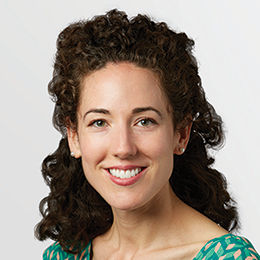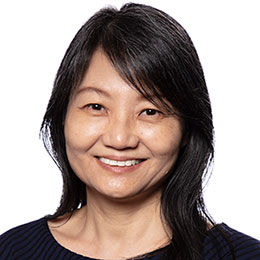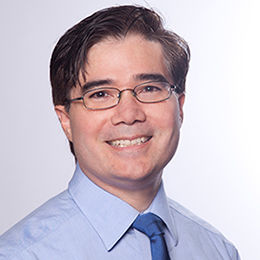Electroencephalogram (EEG) for Children
What is an EEG?
EEG is an abbreviation for electroencephalogram. The Latin prefix electro means “electrical,” encephalo means “brain,” and gram refers to a written record. So, an electroencephalogram is a recorded representation of the electrical activity that drives a brain. For nearly a century, EEGs have given physicians the ability to safely and noninvasively detect, record, and analyze several different patterns of electrical brain activity, or brain waves. By studying them, neurologists can often determine why a child might be suffering from seizures, chronic headaches, or other neurological symptoms.
Pasting small sensitive wires (electrodes) onto the surface of a child’s scalp, and recording the electrical patterns emitted by groups of neurons in parts of the brain beneath those electrodes, clinicians can tell if a child’s brain waves are normal or if they suggest something amiss. Different kinds of epilepsy, for example, can be diagnosed by identifying their signature brain wave patterns. Sometimes seizures start in one location in the brain. In such cases, an EEG can help identify that location so that it can be directly treated or surgically removed. An EEG can also sometimes identify abnormal brain activity after a stroke, or detect damage caused by a head injury or by the presence of a brain tumor.
EEGs are safe and painless. Though there are a few different kinds, some of which take a day or longer, the great majority of EEGs are done on an outpatient basis and typically take only about 90 minutes.
What is special about Stanford Medicine Children’s Health’s EEG program?
The electroencephalogram is a powerful, safe, and painless test that can reveal a lot about the condition of a child’s brain. But all EEGs are not created equal, and it is important to have a child’s EEG conducted where children come first. For one thing, with regard to the electrical activity in their brains, children are not just small adults. It is normal for children’s EEGs to look different at different developmental stages. What would be problematic patterns at one stage may be in the normal range at a slightly earlier one.
Our pediatric neurologists are dedicated to and expert at interpreting these subtle differences. Our EEG technologists also excel at helping children to relax and cooperate during EEGs. All Stanford Medicine Children’s Health EEG technologists have ABRET certification, which is earned only with the highest levels of ongoing training and experience. An excellent technologist can make a world of difference, both in the experience of the child and his or her family and in the accuracy and, ultimately, the potency of the test to recommend whether treatment is necessary and, if it is, what the best possible treatment should be.









Connect with us:
Download our App: